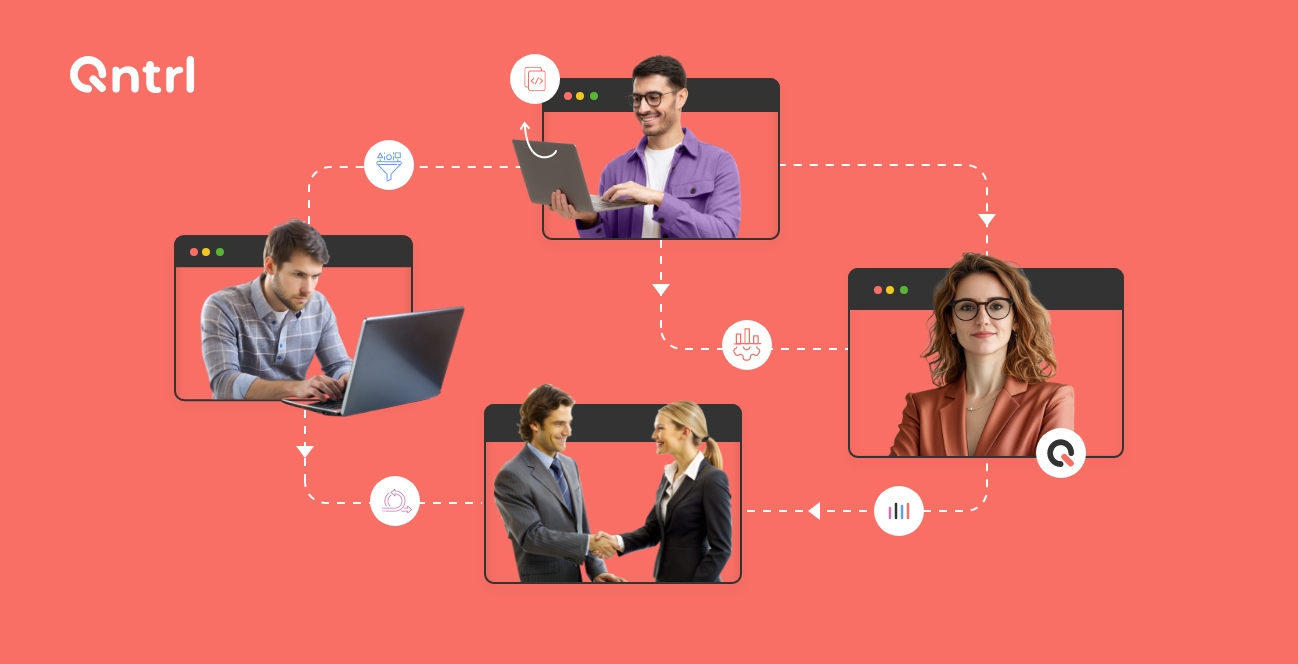Today, organizations of all sizes collect and store vast amounts of data. But to make informed and powerful data-based decisions, it's crucial to ensure that the right people have access to the right data when they need it. This is where role-based access control (RBAC) comes into play, simplifying and streamlining data management.
So, what exactly is role-based access control (RBAC)?
RBAC is an approach to security and authorization where individuals or system users are granted access to data based on their specific roles or responsibilities within an organization. This method ensures that users can only access and manipulate data that is relevant to, and necessary for, their job functions. This helps organizations protect sensitive information and maintain data integrity.
Why is RBAC important?
Data security: RBAC ensures only authorized users can access data, reducing the risk of data breaches and unauthorized usage.
Compliance: Some industries have strict regulations regarding data handling. RBAC helps organizations comply with these rules.
Efficiency: RBAC helps your team navigate your data and find what they're looking for more efficiently.
Productivity: RBAC prevents employees from getting lost in a sea of irrelevant data, enabling them to focus on their core responsibilities.
Data quality: When specific individuals are responsible for specific data, they are more likely to keep it organized and up to date.
How do you implement RBAC? Here's a straightforward approach:
Identify roles: Begin by identifying the different roles within your organization, such as doctor, nurse, and finance personnel.
Define access levels: Clearly specify what each role is allowed and not allowed to do with the data. Think of this as setting ground rules for data usage.
Assign permissions: Allocate access to various data resources based on the roles you've defined. For example, doctors may have access to sensitive patient data, while administrative staff may only have access to scheduling information.
Review access rules regularly: Periodically review and update roles and permissions to ensure they align with the evolving needs of your organization.
What are the benefits of RBAC?
Data security: RBAC helps prevent unauthorized access, ensuring the safety of your data.
Smoother decision-making: With RBAC, everyone knows where to find the necessary data to make informed choices.
Fewer mistakes: RBAC reduces data-related chaos, resulting in fewer errors.
Enhanced accountability: When individuals understand their roles and permissions, they are less likely to make mistakes.
Compliance: RBAC helps organizations adhere to data regulations and avoid legal issues.
What challenges come with implementing RBAC?
Complexity: For larger organizations, RBAC implementation can be intricate and challenging.
Maintenance: Updating roles and permissions can be a tedious task.
Training: Team education about RBAC can be difficult to coordinate and monitor.
Integration: Introducing RBAC into existing processes may require integration with your technology infrastructure.
In the world of data-driven decision making, having the right data at your fingertips is crucial. RBAC ensures that the right people have access to the right data for more informed choices. Here are some teams that can benefit from an RBAC solution:
Marketing team: Requires customer data, purchase histories, and campaign stats to devise effective marketing strategies.
Sales team: Requires sales data, customer interaction logs, and inventory information to close deals.
Finance team: Needs the ability to review budgets, expenses, and financial records.
IT Team: Must access network and security data to manage the organization's digital infrastructure.
In each of these scenarios, RBAC streamlines the data access process for better decision making.
What tools can help your organization implement RBAC?
Workflow management with access control tools: Coordinate data flow and access at different stages of a workflow.
Access control software: Controls and monitors data access to authorized users.
Data management systems: Organize and control access to specific databases and repositories.
Identity and Access Management (IAM) systems: Manage user identities and access permissions within an organization.
Use case: Role-based data access in healthcare
Doctors: Require access to patient records, treatment histories, and lab results.
Nurses: Require access to patient records, though with fewer details than doctors.
Administrative staff: Primarily requires access to scheduling and billing information.
In the healthcare sector, data security is paramount. Role-based data access control ensures that different healthcare professionals, such as doctors, nurses, and administrative staff, have access to the data they need to perform their tasks efficiently, while protecting patient privacy.
Role-based access control is not a passing trend but a fundamental aspect of informed decision making in today's data-driven world. It ensures that the right people have access to the right data, promoting smart choices and organizational success.









Comments